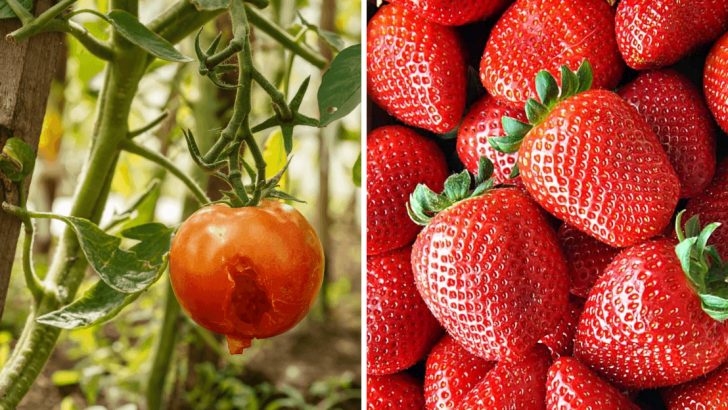We get it—eating your greens is supposed to be healthy. But what if your salad is basically a chemistry experiment?
Turns out, the most popular veggies in the U.S. are also the ones most likely to be coated in a questionable cocktail of pesticides.
Before you swear off vegetables forever (please don’t), here’s the full list of the dirtiest produce offenders, plus how to enjoy them without turning your body into a pesticide disposal unit.
10. Strawberries: The Red Alert

Strawberries consistently top the charts as pesticide magnets! These juicy red berries absorb chemicals like sponges due to their soft, porous skin and growing conditions.
Farmers spray them multiple times throughout their growing cycle to combat fungi and insects. Washing helps, but doesn’t eliminate all residues. Consider organic alternatives to avoid this chemical cocktail!
9. Spinach: Not So Strong After All

Popeye’s favorite veggie harbors a secret weakness – it’s a pesticide paradise! Though nutritionally powerful, conventional spinach samples have shown up to 54 different pesticide residues.
How concerning! Those delicate leaves easily trap chemicals, making thorough washing crucial. Frozen organic spinach offers a safer alternative without sacrificing the nutritional punch this leafy green delivers.
8. Kale: The Fallen Superfood
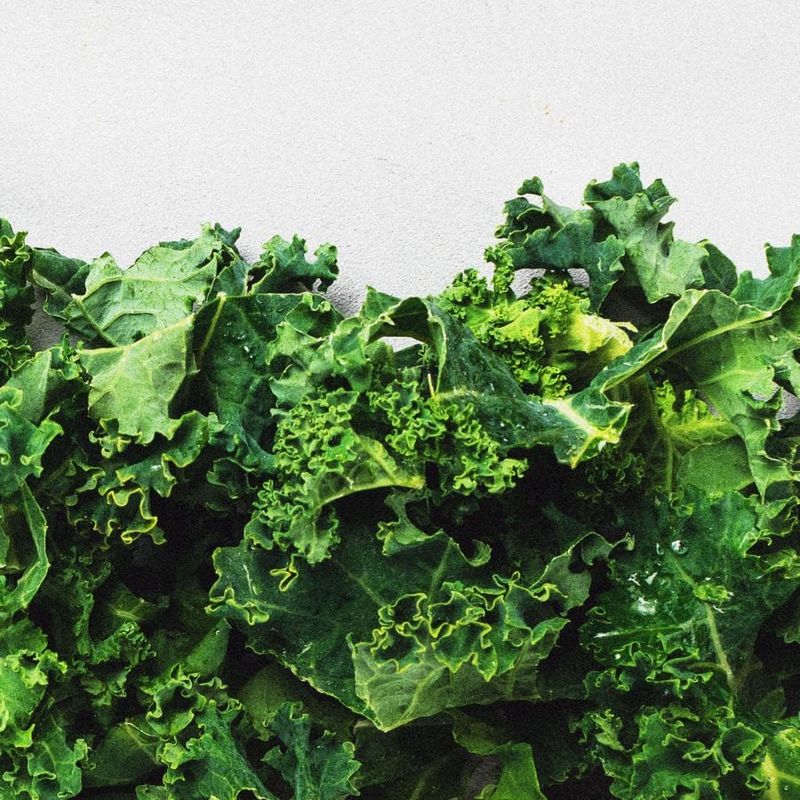
What if I told you that kale, the celebrated superfood, ranks among the most pesticide-contaminated greens? Despite its health halo, conventional kale contains surprising levels of DCPA, a possible carcinogen.
Though packed with nutrients, those curly leaves provide perfect hiding spots for chemical residues. Local farmers’ markets often offer less-sprayed alternatives to supermarket varieties.
7. Bell Peppers: Colorful Chemical Carriers
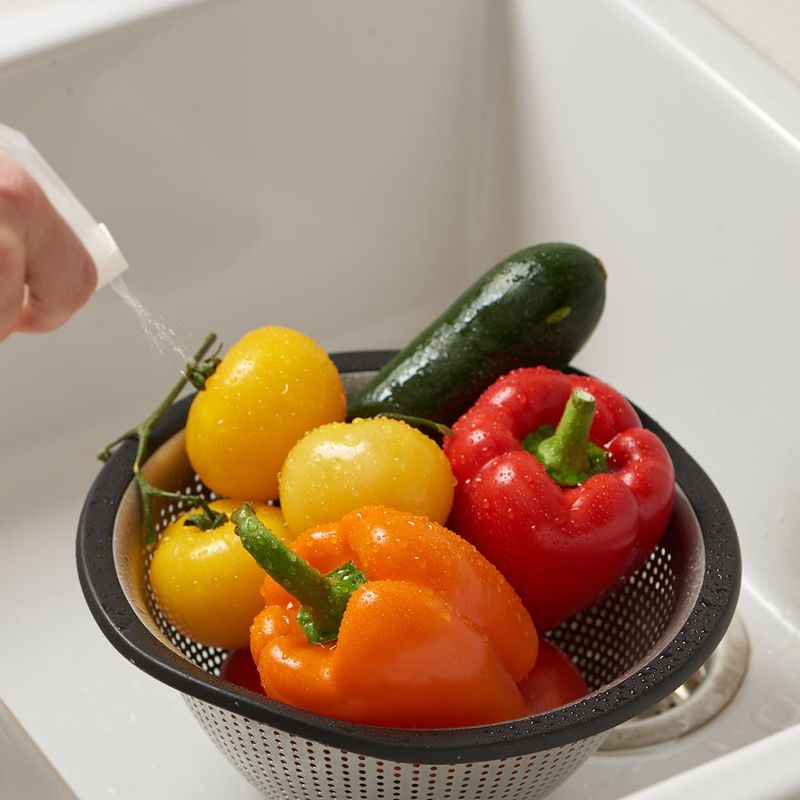
Yikes! Those vibrant bell peppers brightening your salads might harbor up to 15 different pesticides. Their waxy skins trap chemicals sprayed during their long growing season.
Hence, a simple rinse won’t cut it – scrubbing with produce wash proves more effective. Seeking out peppers from smaller farms often means less chemical exposure, as large commercial operations typically spray more heavily.
6. Potatoes: Underground Trouble

America’s favorite tuber hides a dirty secret! Growing underground doesn’t protect potatoes from pesticides – farmers treat both the soil and plants multiple times during cultivation.
Though thick-skinned, these starchy staples absorb chemicals through their roots and skin. Peeling helps reduce exposure, but choosing organic varieties eliminates more risk. Share this eye-opening info with your potato-loving friends!
5. Celery: Crispy Chemical Sticks
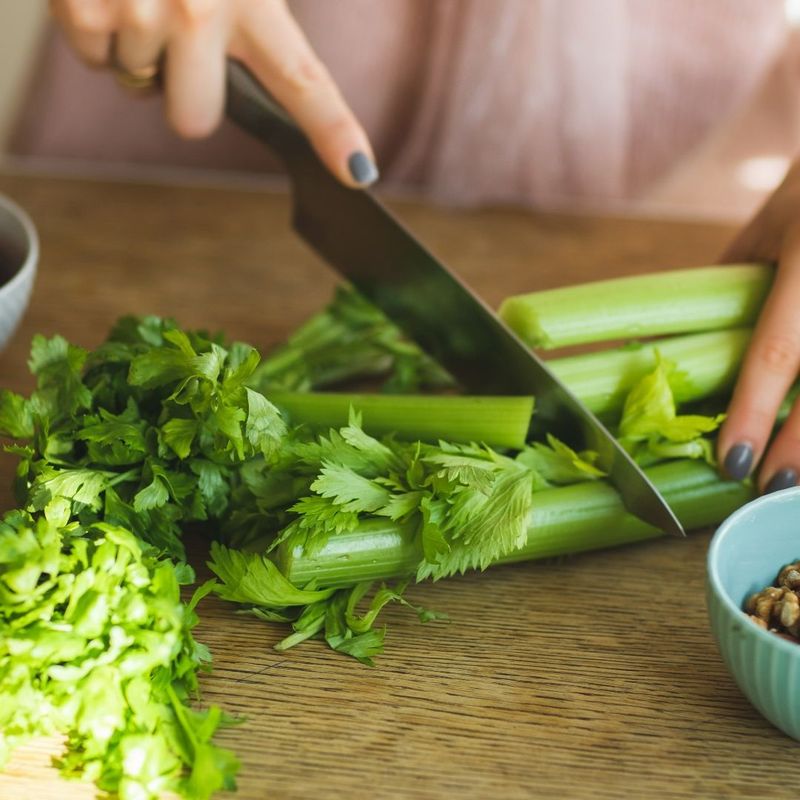
Crunch with caution! Celery’s structure makes it particularly vulnerable to pesticide retention. Those stringy stalks act like straws, drawing up chemicals from soil into the plant tissue.
Where does this leave health-conscious snackers? In a bind! Even thorough washing can’t remove all residues since they’re absorbed internally. Organic celery costs more but delivers significantly lower pesticide exposure for your crunchy cravings.
4. Tomatoes: Red Flags On The Vine
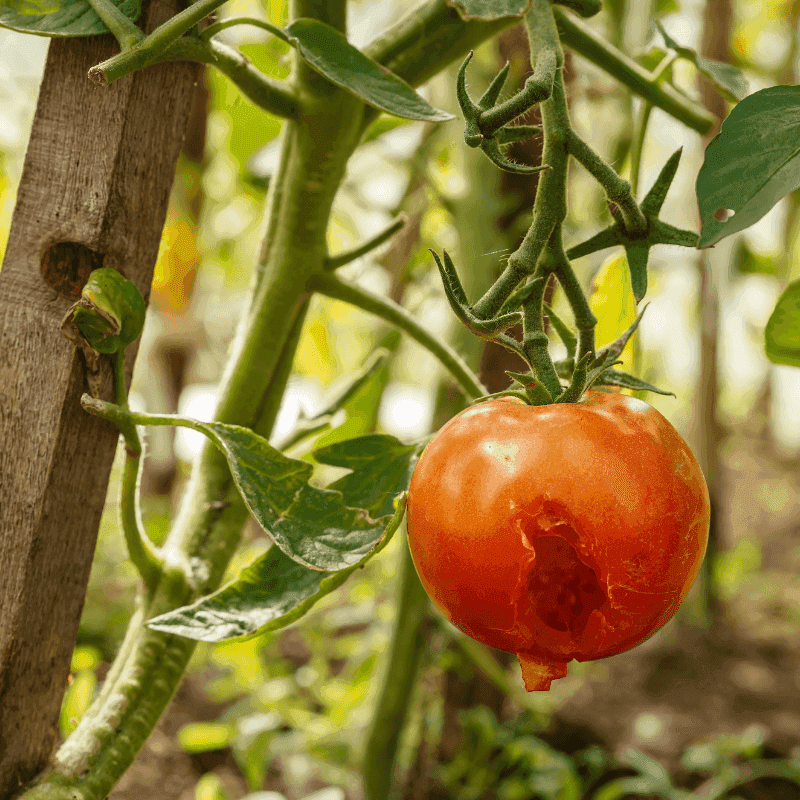
If tomatoes could talk, they’d confess to being repeatedly sprayed throughout their growing cycle! These garden favorites face numerous pest challenges, leading farmers to apply multiple chemical treatments.
However, cherry varieties typically contain fewer pesticides than their larger cousins. Homegrown tomatoes offer the safest option, requiring minimal pest management in backyard settings. Ready to start your tomato garden?
3. Cucumbers: Slick With Chemicals
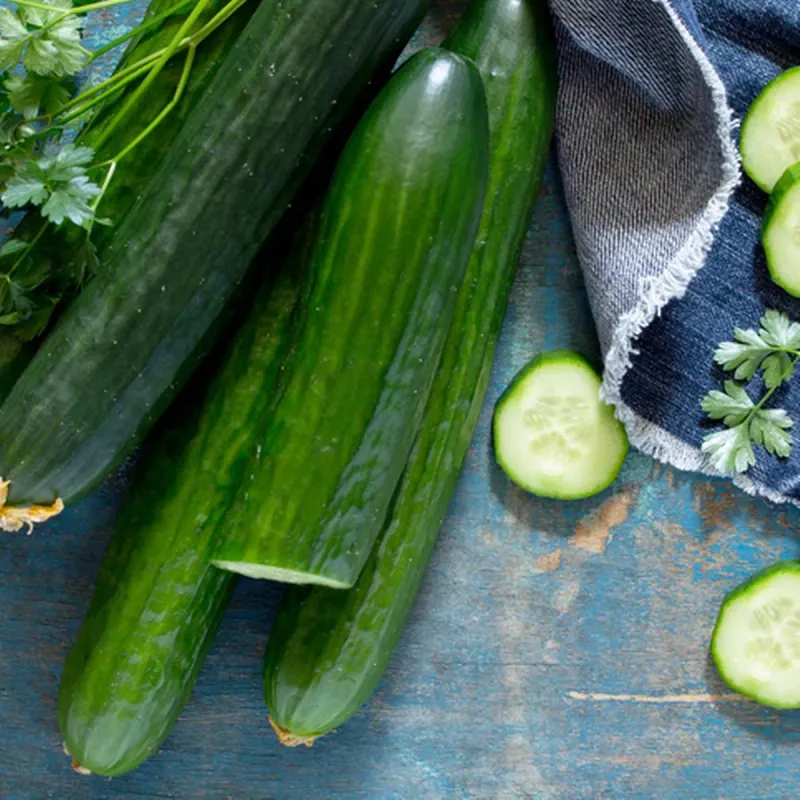
Cucumbers’ wax-coated skins make perfect pesticide traps! That shiny exterior isn’t just natural shine – it’s often enhanced with wax that seals in pesticides applied during growing.
Though refreshing and hydrating, conventional cucumbers may contain up to 86 different pesticide residues. Peeling removes much of the contamination, but also eliminates valuable nutrients found in the skin. Choose unwaxed organic varieties when possible!
2. Lettuce: Leafy Chemical Collectors
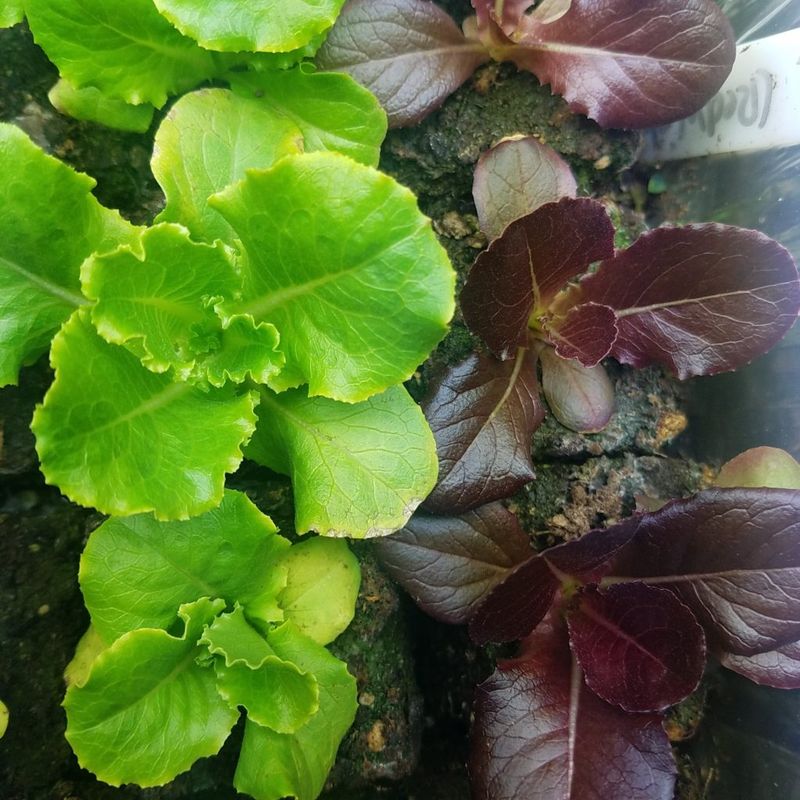
Lettuce leaves provide perfect landing pads for pesticide sprays! Those wide, flat surfaces catch and hold chemical residues, making conventional lettuce varieties concerning choices for daily consumption.
Romaine typically shows higher contamination than iceberg due to its open structure. Farmers’ market lettuce often comes with fewer chemicals and better flavor. Have you considered growing your own in containers?
1. Green Beans: String Along With Chemicals
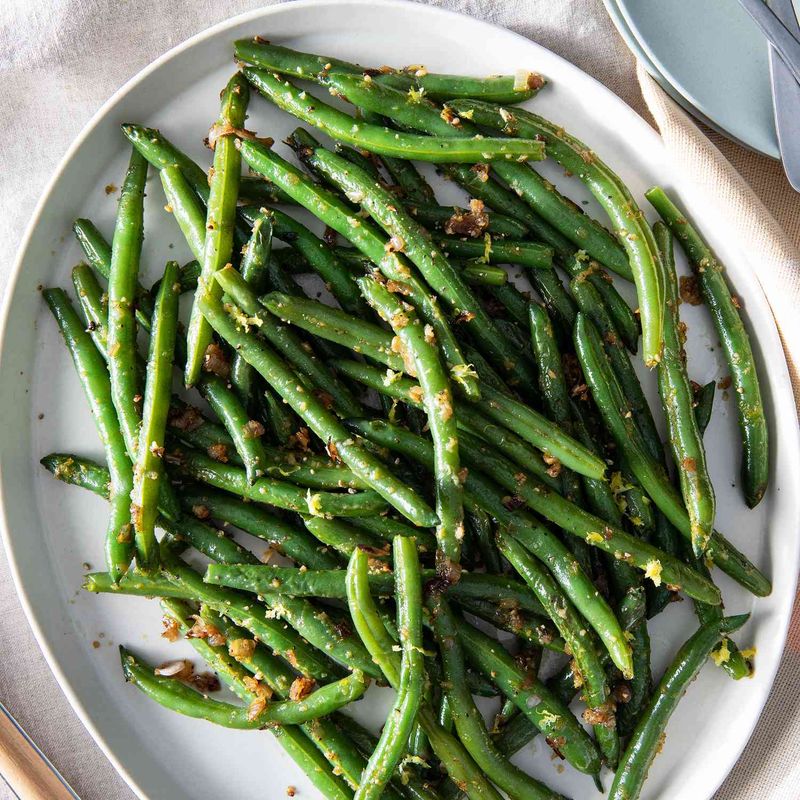
Snap! Green beans break records for pesticide applications during their growing season. Their tender pods quickly show damage from insects, prompting farmers to spray frequently.
Though seemingly simple vegetables, conventional green beans can contain residues from over 70 different pesticides. Frozen organic varieties offer a safer alternative year-round. Try them in your next casserole and taste the difference!

